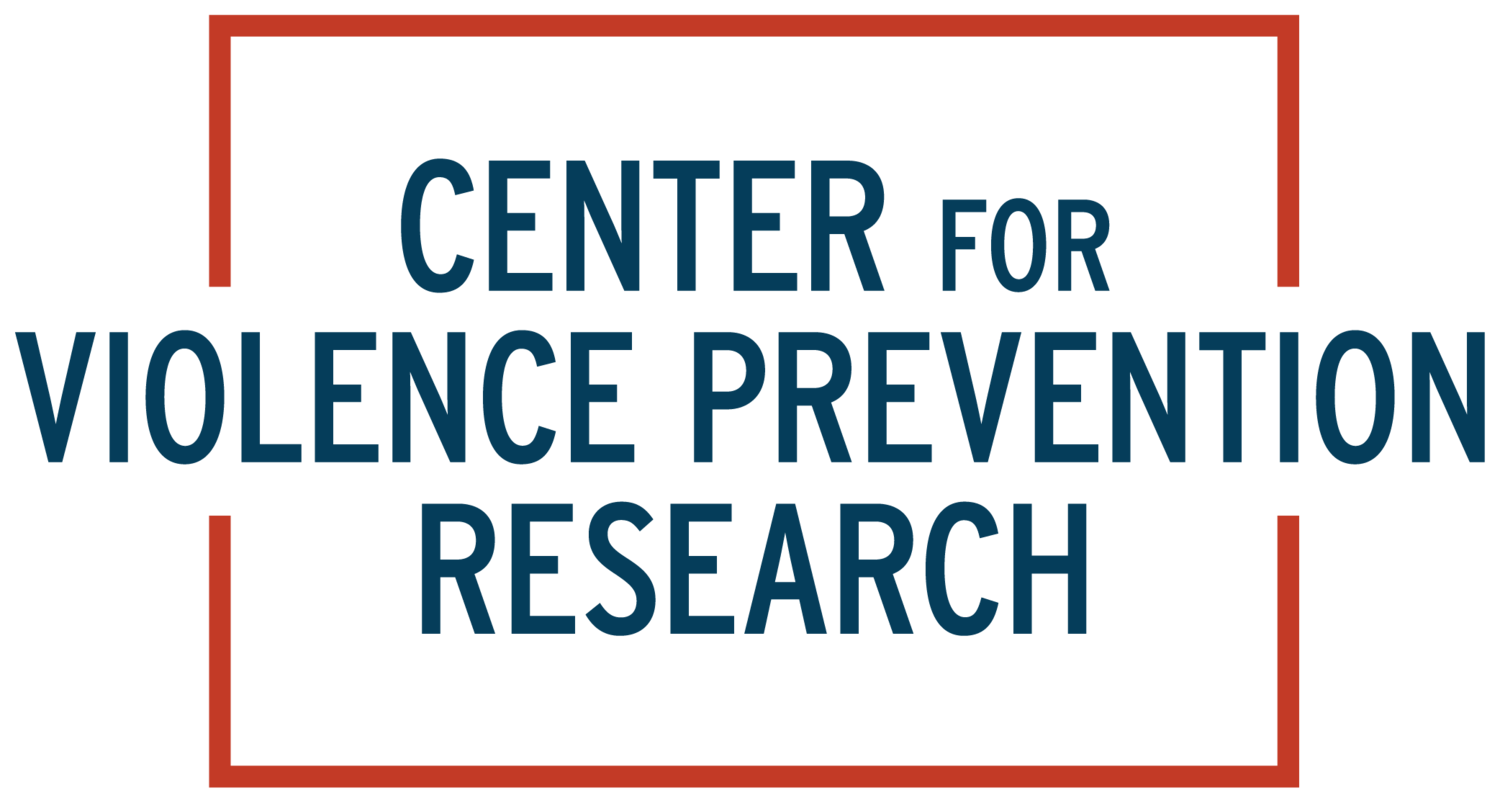Combatting the Maternal Homicide Crisis with Violence Prevention Research
The U.S. leads among developed nations for maternal deaths.
Homicide is now the most common cause of death among new and expectant mothers.
By changing how the medical community reviews these deaths and understands their causes, we can create prevention strategies to save lives.
Pregnancy can be among life's most exciting and overwhelming stages, marked by anticipation and questions about the future. Unfortunately, expectant mothers in the United States also carry an outsized burden: According to the Department of Health and Human Services (HHS), the U.S. maternal mortality rate is the highest of any developed nation in the world and more than double the rate of peer countries.
Responding to this disturbing public health emergency starts with a deeper understanding of what’s driving it. Here, the facts are clear: Violent deaths among pregnant and postpartum women outnumber obstetric causes of death — like infection or hemorrhage. In many states, about 50% of maternal mortality can be attributed to violent causes, including homicide, suicide, substance use or overdose, and motor vehicle incidents, according to a recent report on “Building U.S. Capacity to Review and Prevent Maternal Deaths.”
In fact, homicide is now the leading cause of death for pregnant and postpartum women, as documented over several years and across many states.
But despite the prevalence of maternal homicides, these deaths do not receive the same scrutiny as medical and obstetric causes of death. For medical or obstetric deaths, a Maternal Mortality Review Committee (MMRC) — typically led by obstetrician-gynecologists — reviews each case for missed opportunities for prevention and ways to change prenatal care in the future. But, many of these review committees don’t currently look at deaths by homicide. Consequently, maternal homicide cases are labeled “pregnancy-associated” rather than “pregnancy-related” — meaning the deaths are thought to simply coincide with pregnancy and postpartum rather than having a causal relationship with this life event.
Why does this distinction matter? This difference in terminology carries enormous weight.
Common causes of pregnancy-related deaths receive considerable attention, plus state and federal dollars for prevention.
Federal funding agencies prioritize pregnancy-related causes of death.
Pregnancy-related causes of death are also recognized as indicators of quality of care, and evidence-based efforts to prevent them become the standard of care and are more likely to be reimbursed by health insurance.
MMRCs also look more closely at deaths classified as pregnancy-related.
Putting Science to Action
MMRCs should review maternal homicide cases for pregnancy relatedness in the same way they currently review medical and obstetric causes. This move will give medical providers more insight into causes and prevention strategies. It’s also a common-sense approach, as homicide is similar to medical and obstetric causes of death across the top criteria for determining pregnancy relatedness. For example, under current practice, a death deemed “pregnancy-related” must be more likely to occur during or be exacerbated by pregnancy or within a year of pregnancy. Devastatingly, pregnant women are five times as likely to die by homicide compared to nonpregnant women of reproductive age. When determining pregnancy relatedness, MMRCs should amend their review process to get a more accurate picture of what was going on in the deceased mother’s life. This process should include:
Once a maternal death is appropriately classified as pregnancy-related, MMRCs should take the next step of identifying risk factors and opportunities to prevent these maternal homicides. Prevalent risk factors include intimate partner violence leading up to the victim’s death and access to a firearm. Half of maternal homicides are perpetrated by a current or former intimate partner. Research shows that 70% of intimate partner homicide cases involve firearms, suggesting a higher risk for women living in areas without firearm restrictions for perpetrators of domestic violence.
Bottom Line
A deeper understanding of why and how often maternal homicide deaths occur has the power to change the status quo in maternal health care and save lives. In fact, no period of life has more opportunities for intervention. An expectant mother typically has 10 prenatal appointments during a single pregnancy and 15 or more for high-risk pregnancies. There are few — if any — other times in life with so many health care encounters in such a short time. Within these prenatal visits, clinicians can build trust with expectant mothers, screen them for an elevated risk for violent causes of death, and help keep these violent deaths from happening. Despite data showing that one in three women are affected by intimate partner violence, these screening practices are currently not routine.
Support life-saving, original violence prevention research
The medical community must create new systems that acknowledge homicide as the leading cause of maternal mortality to win the fight against this crisis. The Center for Violence Prevention Research is ready to support this shift with rigorous studies designed to help identify and scale up effective violence prevention strategies. We also make our findings accessible so they can be put into action right away. To conduct this life-saving research, we need your help. Your donation to the center has the power to support research on violence prevention that will impact the lives of millions of women around the country.
Read our latest published studies on this topic:
Bright MA, Amendola A, Roussos-Ross D. Maternal mortality review committees should take a closer look at homicide deaths. American Journal of Obstetrics and Gynecology. 2024.
Bright MA, Roussos-Ross D, Montoya-Williams D, Thompson LA, Hardt N. Preventing traumatic causes of maternal death. Journal of Health Care for the Poor and Underserved. 2021;32(3):1173-1180.
Bright MA, Thompson LA, Roussos-Ross D, Montoya-Williams D, Hardt N. Bridging prenatal and pediatric care: a proposed simple yet novel approach to preventing family violence. The Journal of Pediatrics. 2020;224:133-136.
Can’t access the papers? Contact us and we’re happy to share.

